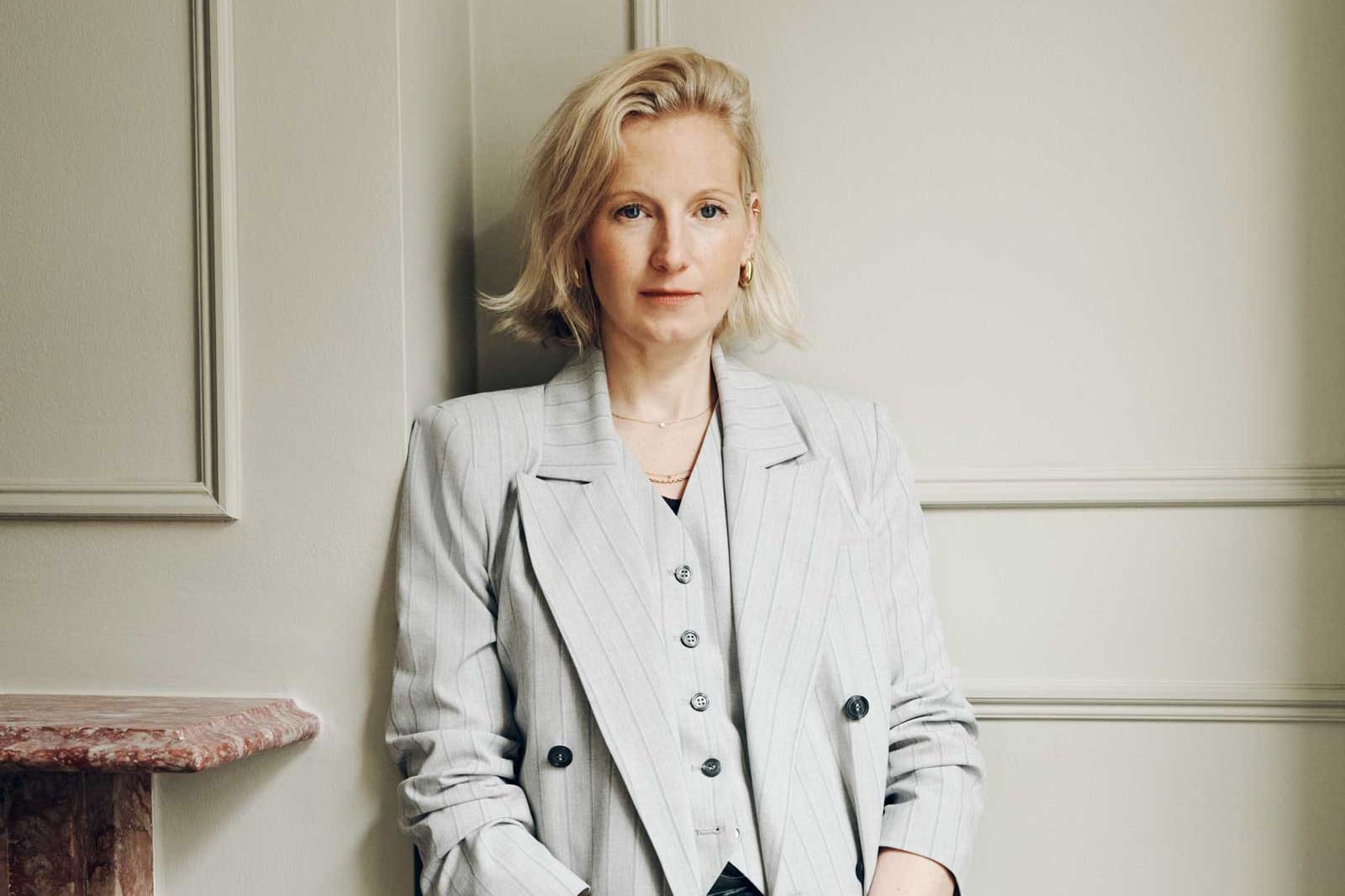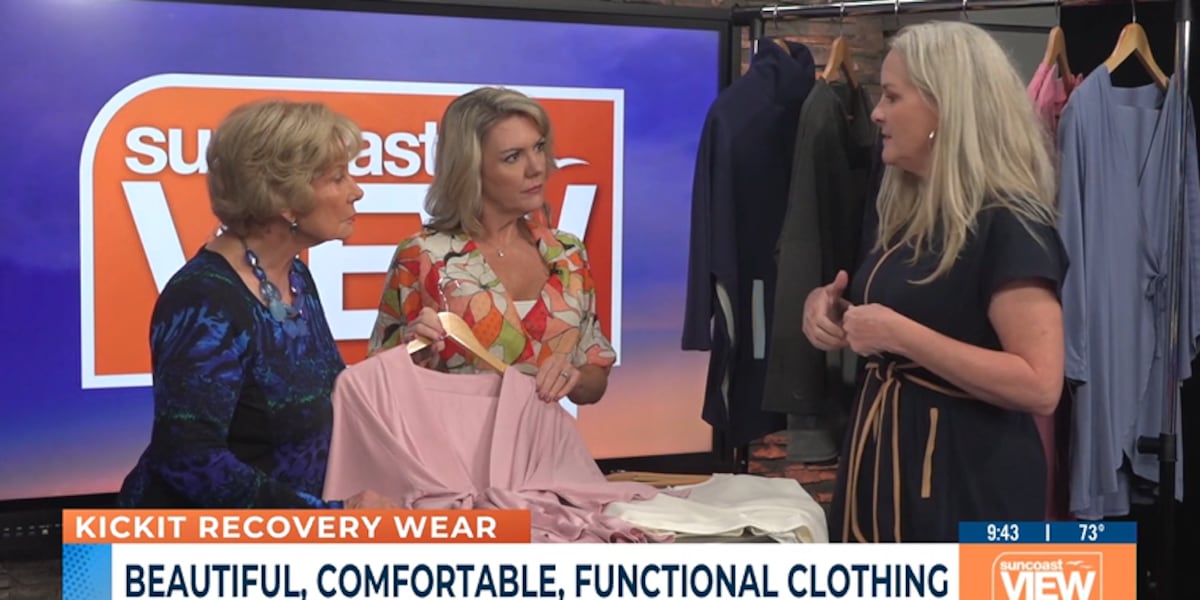Savannah Miller’s first foray into the world of bridal fashion was, she says, “a happy accident”. Although she admits she was always a creative child, and was always fascinated by the industry, it wasn’t until Miller’s first marriage in 2005 that her innate fashion nous was noticed by a fellow designer who, subsequently, asked her to create a seven-piece capsule collection that sold out instantly. But even that wouldn’t have happened had it not been for a paparazzi photographer in a tree, desperate to snap Miller’s sister Sienna and Jude Law together, and aerial photographs of her wedding being splashed across Hello! magazine, which hurtled her into the wedding world’s spotlight. The brand’s success from there though? All down to her.
Boho-chic is a trend practically invented by the Miller sisters. Both Savannah and Sienna, who is three years younger, became so synonymous with laidback, cool-girl, festival dressing that it naturally became a market Miller could tap into when she launched Savannah Miller Bridal in 2016.
Having studied at Central Saint Martins, before cutting her teeth at Alexander McQueen (the house which created the Princess of Wales’ wedding dress, no less) and Matthew Williamson – and now deemed one of the UK’s best wedding dress designers – it would be fair to assume that Miller took to the fashion world like a duck to water. But she’s quick to point out that her career is the result of dedication. “I have always had bucket loads of tenacity so what I have lacked in experience, I have made up for with hard work.”
Miller’s designs quickly became cult favourites among modern brides looking for something cool and cutting-edge while also paying homage to the vintage styles of yesteryear – think sleek, simple shapes designed to accentuate the female form and elevated with textural touches of tulle, lace, and chiffon. In 2022, she launched a bespoke offering, inviting brides to collaborate with her to create their dream dresses. The result? Some of the wedding world’s most talked about gowns, and a roster of bespoke brides including British model Danielle Copperman, actress Clara Paget and, most recently, social media influencer Ambar Driscoll.
We sit down to discuss staying inspired, career highlights and how she hopes the workplace adapts to the needs of modern women.
I was knitting with pencils and string from the age of nine and it was clear, from a very early age, that making things with my hands was what I should be doing. Obviously, following a [creative] career was not exactly my parents’ first choice for me, so I spent a lot of time pursuing academic [studies]. I even went to the University of Edinburgh to study theology for a year but I had the [creative] bug bad, so when I ran in to Joseph Ettedgui of [London-based fashion brand] Joseph and asked him how I could get into the fashion industry, he demystified the entire thing by saying: “Go to Saint Martins for a year and then you can come and work for me.” I did just that but stayed for the duration of my degree and the rest is history.
It was a happy accident really. When I first got married in 2005 my sister was dating Jude Law and, unbeknownst to us, a pap photographer was camping out in camo gear up a tree. The next thing I knew, there were aerial photographs of my wedding on the cover of Hello! magazine. Molly Guy had opened a bohemian bridal outfit in New York and was excited to see someone having a wedding that looked more like a festival than a classic US wedding. There was no Pinterest or Instagram in those days so we just made our wedding day that way because we were so young and we were into a more relaxed vibe. Molly asked me to collaborate with her on a capsule collection and that was that.
Not exactly. I have a very big imagination which is endlessly bursting with ideas and less focused on the practical steps needed to realise them. It can be a real pain sometimes! The one thing I always do is try to pick myself back up and dust myself off when things don’t go to plan and try to learn from my mistakes rather than letting it get me down – easier said than done sometimes.
My biggest take home is to always be authentic. As soon as I try to be something I’m not, I can’t connect with the project anymore and inevitably it fails. You have to be in it for the right reason.
Juggling motherhood and living outside of London was intense but I always made it work with the help of my family. I like setting an example to my children that women’s careers and life outside of the family hold as much importance as men’s.
No two days are the same. I may be working on design, fittings, marketing, social media, events. You name it, I’m on it. I always start my day with a dog walk and a strong coffee and I enjoy the variety my job affords me.
The best part is getting to be able to be creative with design. The making and creativity is such a small part of my day to day so when I get to do it my soul sings. I would absolutely love to be making and sewing everything myself. That would be a complete dream but a thoroughly impractical one! I love seeing people’s wedding photographs and realising what a huge privilege it is to have been a small part of the joy they experience on the happiest days of their lives. That never fails to hit home.
The worst part is the fact that I don’t get to make everything myself, so invariably things don’t always turn out as I had envisaged them, but it’s all part of the process. Also juggling three teenagers comes with different challenges that [can be a lot] with a full-time job!
In 2018, when I was just starting to gain some momentum with my business, I decided to shoot the lookbook in the desert in LA. I flew the collection in, hired a car and drove out to the desert where I met my dear friend and super stylist, Elle Strauss, and we shot Kirsty Hume wearing the gowns on a motorbike in the setting sun. It sounds cheesy now, but at the time it was a real pinch me moment because it was everything I had dreamed of and more materialising in front of my eyes. From the very first pencil mark to the final shot, it completely blew me away. I remember thinking: ‘I can die happy now’.
Covid was really brutal but in the darkness of that tough time I was able to really examine and re-evaluate my priorities, which was a lesson I wouldn’t sacrifice now. I can be quite hamster like in how I operate so having the rug pulled out from underneath me was a real wake up call.
I’m getting much better at switching off and feeling okay about it. I think boundaries at work are really important in order to make you the most productive you can be when you are ‘on’. There’s no point in being available all of the time and not giving your best. I also only get real creative flow when I unplug and relax for at least a week. My imagination needs space to whirl around to come up with fresh ideas.
I love holidays but I also love gardening and spend more time than I care to admit digging around my little patch. I find it really grounding and rewarding. It never ceases to amaze me that so much beauty can come from growing.
My stepmother, Kelly Hoppen, taught me the value of hard work and persistence. She has been a mentor to me for my whole career and always helps me focus. My sister, Sienna, is endlessly inspiring because her style and intuition are immaculate.
Empathy and kindness. Everyone is a human going through their own struggles at the end of the day so I always try to get to the root cause of something when there is conflict in the team. Invariably it has nothing to do with the issue at hand and is bubbling from something deeper making day to day interactions more tricky.
I think we have experienced the same challenges as women in the workplace generally. Despite everyone’s best efforts, misogyny is rife and I just pray it improves by the time my daughters reach the workplace.
I would love to see women and men treated equally in all respects. I don’t see why it is still such a problem.
I think that despite the flex-appeal and other initiatives to create equality in the workplace, we are still a long way away from achieving it. I resent the narrative around women returning to work after having children and wish that women’s careers were given the same weight and importance as men’s. Sadly, I think we are a long way away from that being a reality but I really try to instil that belief into my sons and daughters.
In my experience, women who have had children and returned to work have so much more empathy and focus and are a much bigger asset to the working environment so it’s a real shame that it has to be such a slog.
Please learn how to use Excel – and get a pension…
Visit savannahmiller.com


